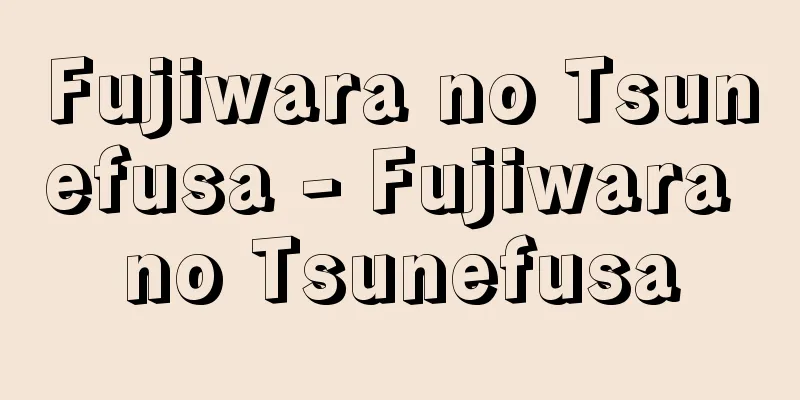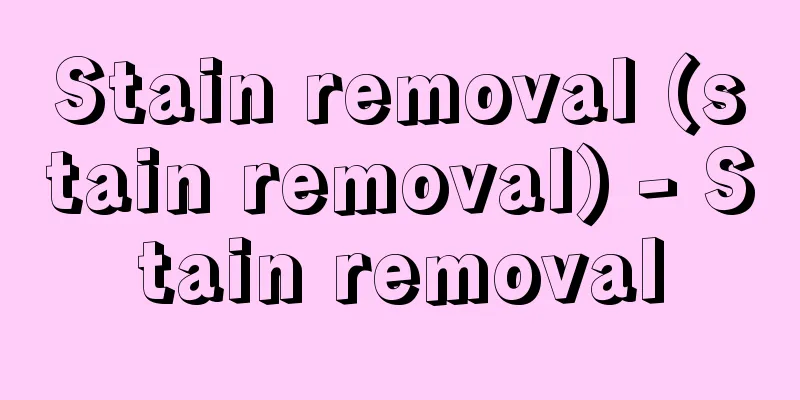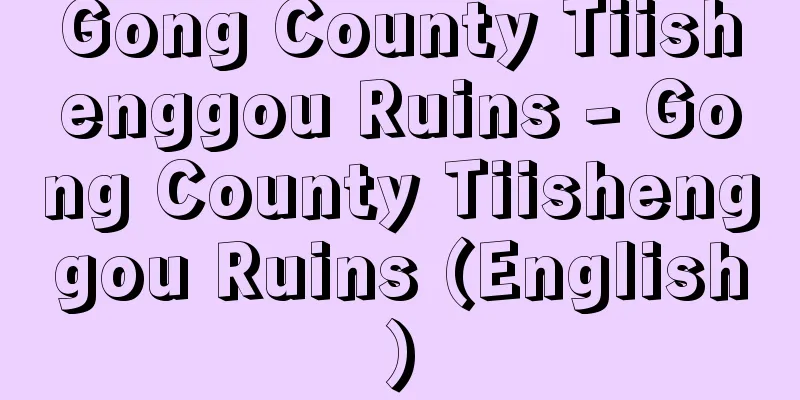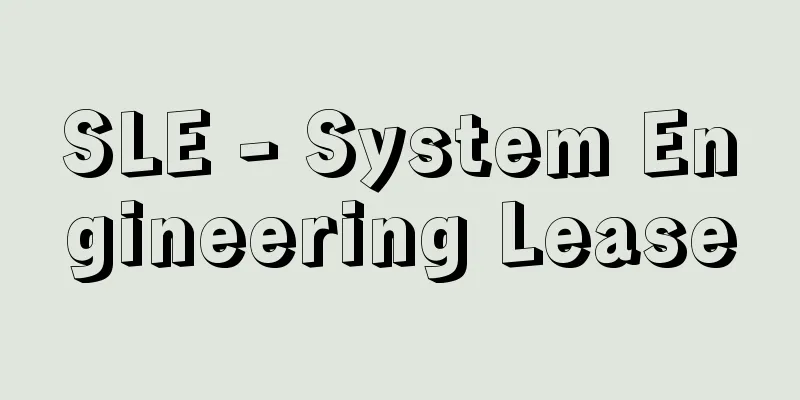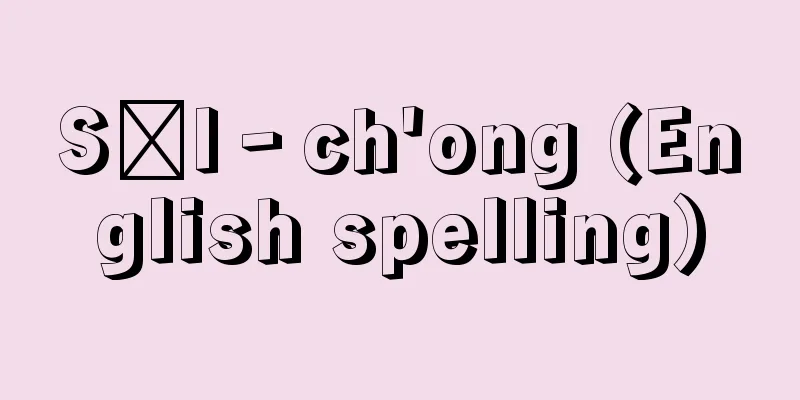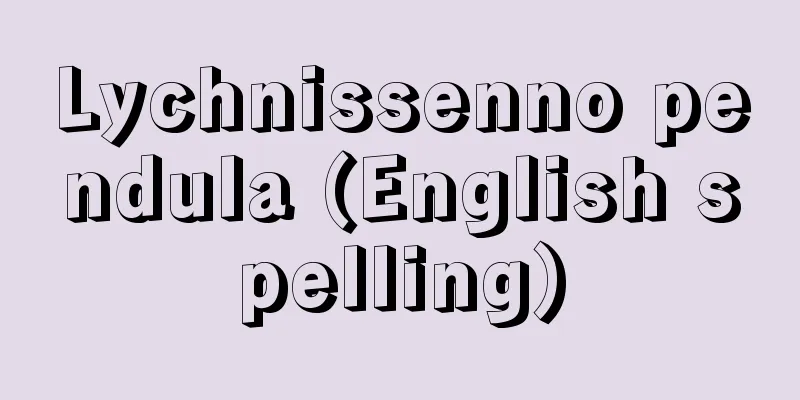Elementary school

|
[1] 〘Noun〙① A school in China during the Xia, Yin, and Zhou dynasties where children over the age of eight were educated. Also, the subjects mainly taught there, such as advancement, cleaning , and characters. By extension, it refers to the elementary and basic learning in Confucianism. ※Kojihon Moushisho (early 17th century) 10 "The children of the local people who enter elementary schools to study are called shuushi." ※Kanjimoku (1908)〈Shibukawa Genji〉Chinese self-study method "Memorizing the strokes of characters and recognizing their sounds is what is called elementary learning , the first step in learning." 〔Book of Rites - Wangshi〕② (From ①, where characters were mainly taught) Study of the shape, sound, and meaning of characters. ※Essays, Zoku Konyo Manloku Ho (1768) "Elementary learning is the study of characters." ③ Abbreviation of "shougakkou (elementary school)." ※Supplementary volume of the Ministry of Education's Notice No. 13, August 3, 1872 (Meiji 5), "Schools are divided into three classes: Higher Education, Middle School, and Elementary School"[2]. A book for beginners compiled by Liu Zicheng under the guidance of Zhu Xi. Completed in 1187 ( Chunxi 14 ). It consists of two parts, the inner and outer, and six volumes, and includes etiquette on cleaning, greeting, and moving forward and backward, proverbs on self-cultivation, and the deeds of loyal subjects and filial sons. During the Edo period, it was used at Shoheiko and domain schools. Source: The Selected Edition of the Japanese Language Dictionary About the Selected Edition of the Japanese Language Dictionary Information |
|
[1] 〘名〙① 中国、夏・殷・周三代の学校で、八歳以上の児童を教育したところ。また、そこで主として教えた学科、すなわち進退・洒掃(さいそう)・文字など。転じて、儒学における初歩的、基本的な学問をいう。※古活字本毛詩抄(17C前)一〇「郷人の子弟たるもの、小学の学校に入て学問するを秀士と云」※閑耳目(1908)〈渋川玄耳〉漢文自修法「字画を覚え字音を識(しる)のは所謂小学(セウガク)、学問に於ての第一歩である」 〔礼記‐王制〕② (①で、主として文字を教えたところから) 文字の字形・字音・字義に関する研究。※随筆・続昆陽漫録補(1768)「小学は文字の学ゆへ」③ 「しょうがっこう(小学校)」の略。※文部省布達第一三号別冊‐明治五年(1872)八月三日「学校は三等に区別す。大学中学小学なり」[2] 書名。劉子澄が朱子に指導を受けて編集した初学者課程の書。淳熙一四年(一一八七)成立。内外二編、六巻よりなり、洒掃・応対・進退などの作法、修身道徳の格言、忠臣孝子の事績などを集めている。江戸時代には、昌平黌(しょうへいこう)や藩校で用いられた。
出典 精選版 日本国語大辞典精選版 日本国語大辞典について 情報 |
<<: Study of writings - Jōgaku
>>: Digestive and Absorption Tests
Recommend
Escaut
…the river that originates in the plateau near Sa...
MTN Negotiations - MTN Negotiations
…This is a large-scale multilateral trade negotia...
Derbesia marina (English spelling)
…[Mitsuo Chihara]. . . *Some of the terminology t...
José I (English spelling)
…King of Naples (reigned 1806-08) and Spain (José...
Fire roasting - Hiaburi
Also known as kazai (burning at the stake) or fuke...
Quantum liquid
A liquid in which quantum effects are evident. In ...
electrochemical series
…The order of ionization tendency of the major el...
Ajishima - Ajishima
An island located in the western tip of the Oshik...
Morihisa
Noh piece. Fourth piece. Five-school current piec...
Kamo-Kai Rokugo
…In 1018 (Kannin 2), eight districts in Atago Cou...
Aristichthys nobilis (English spelling) Aristichthysnobilis
…It is often called Rengyo together with Aristich...
Film script
...It is said that the first thing called a "...
Whale - Whale
A general term for aquatic mammals belonging to th...
Eudocia
...Jerusalem subsequently developed as a Christia...
verticine
...For this reason, it is also known as Amigasa-y...

